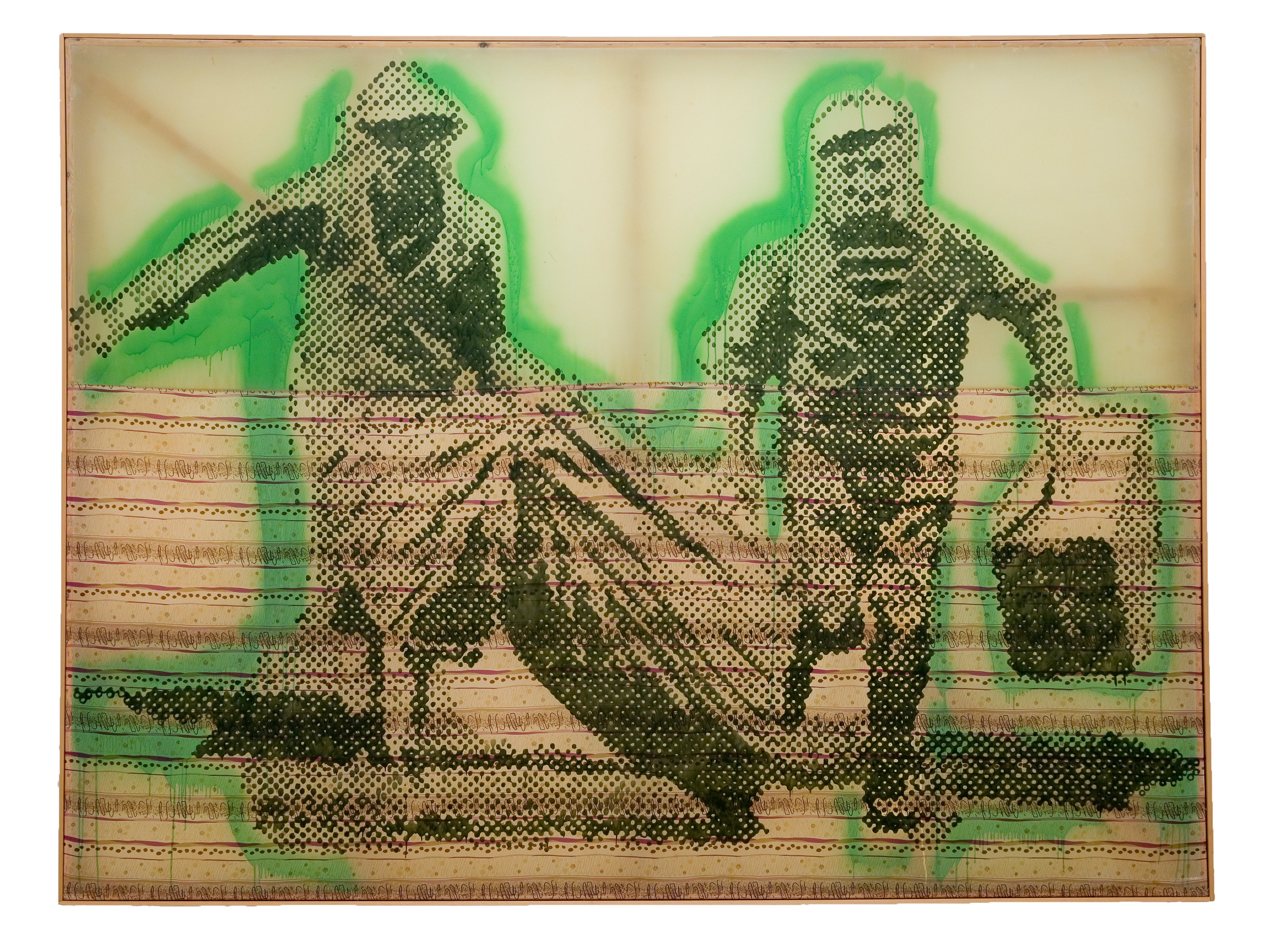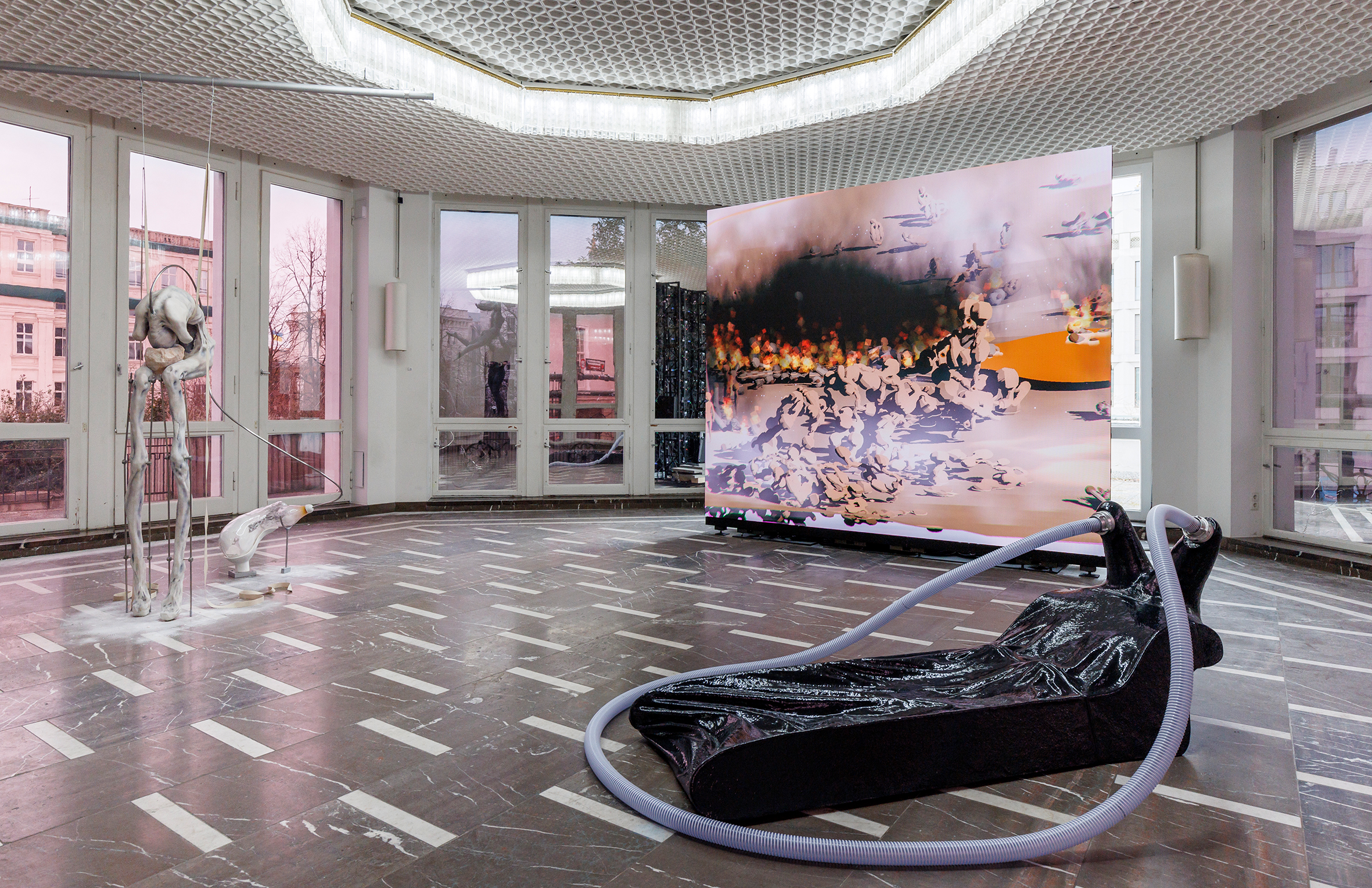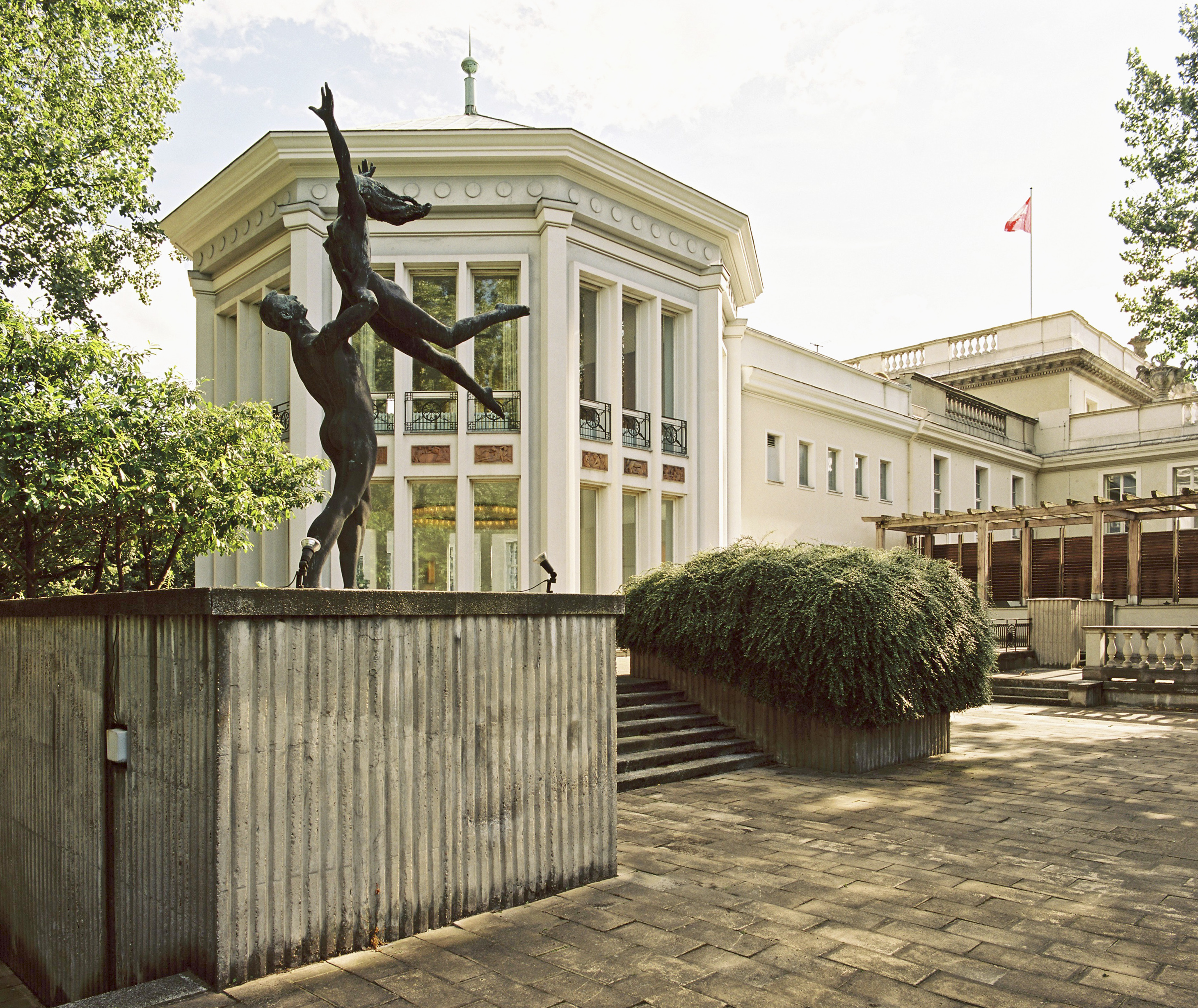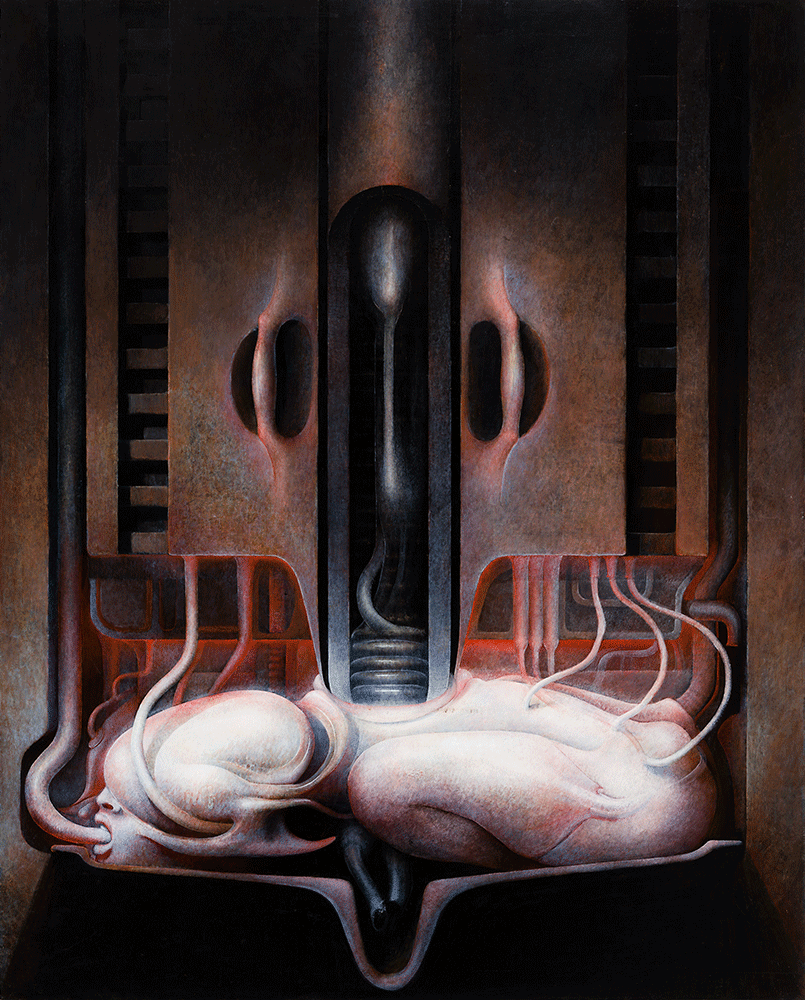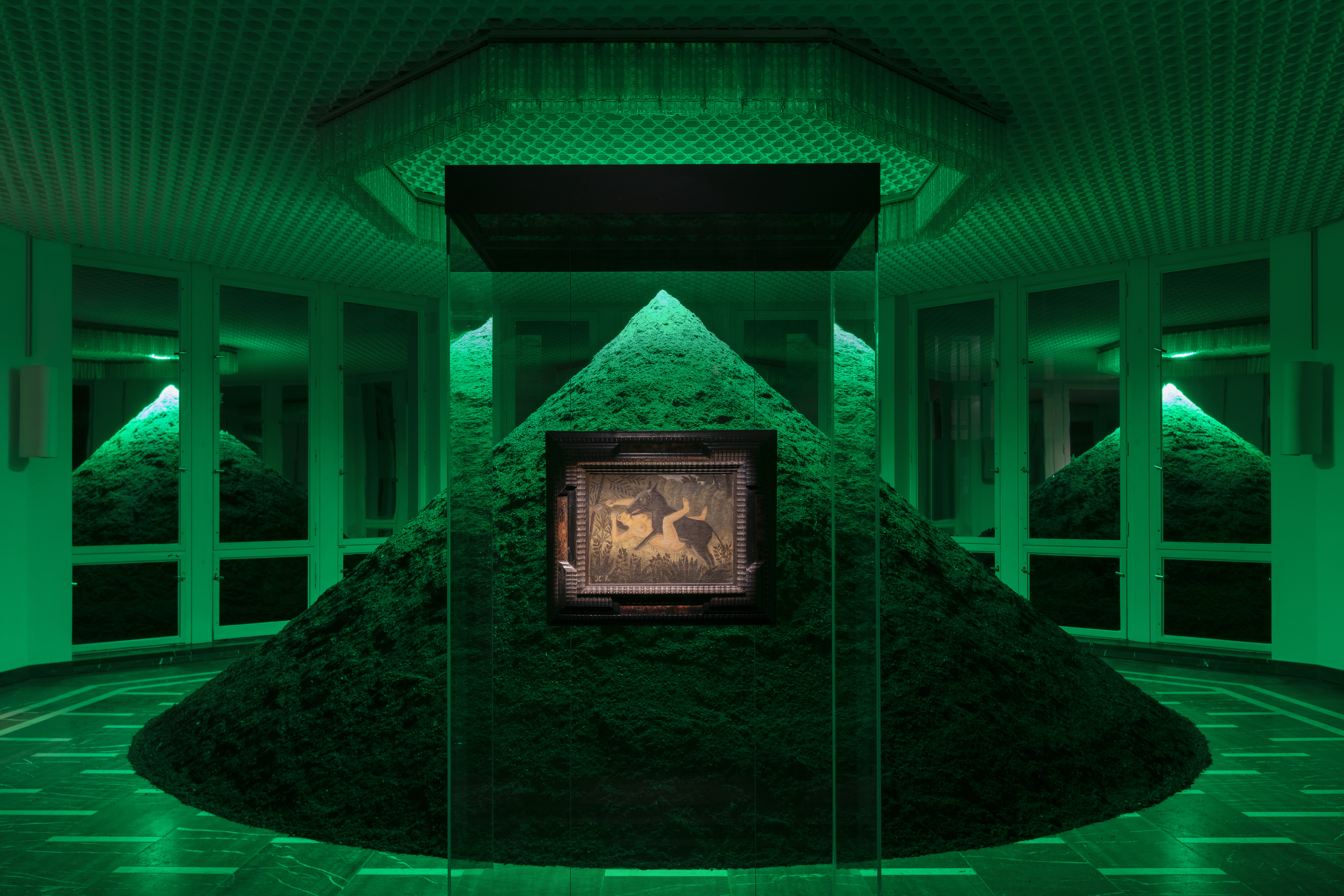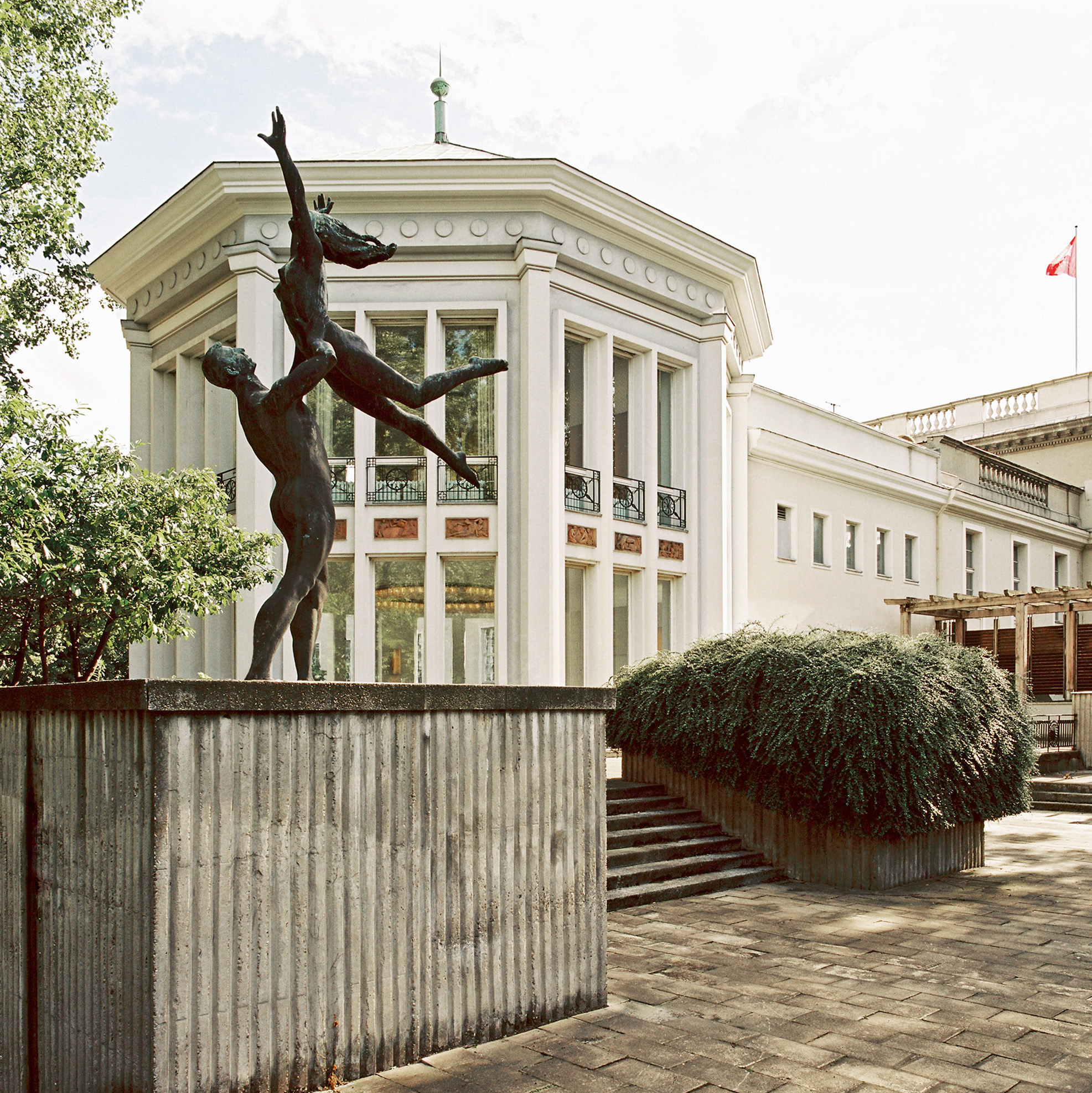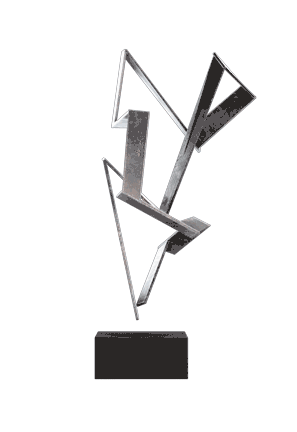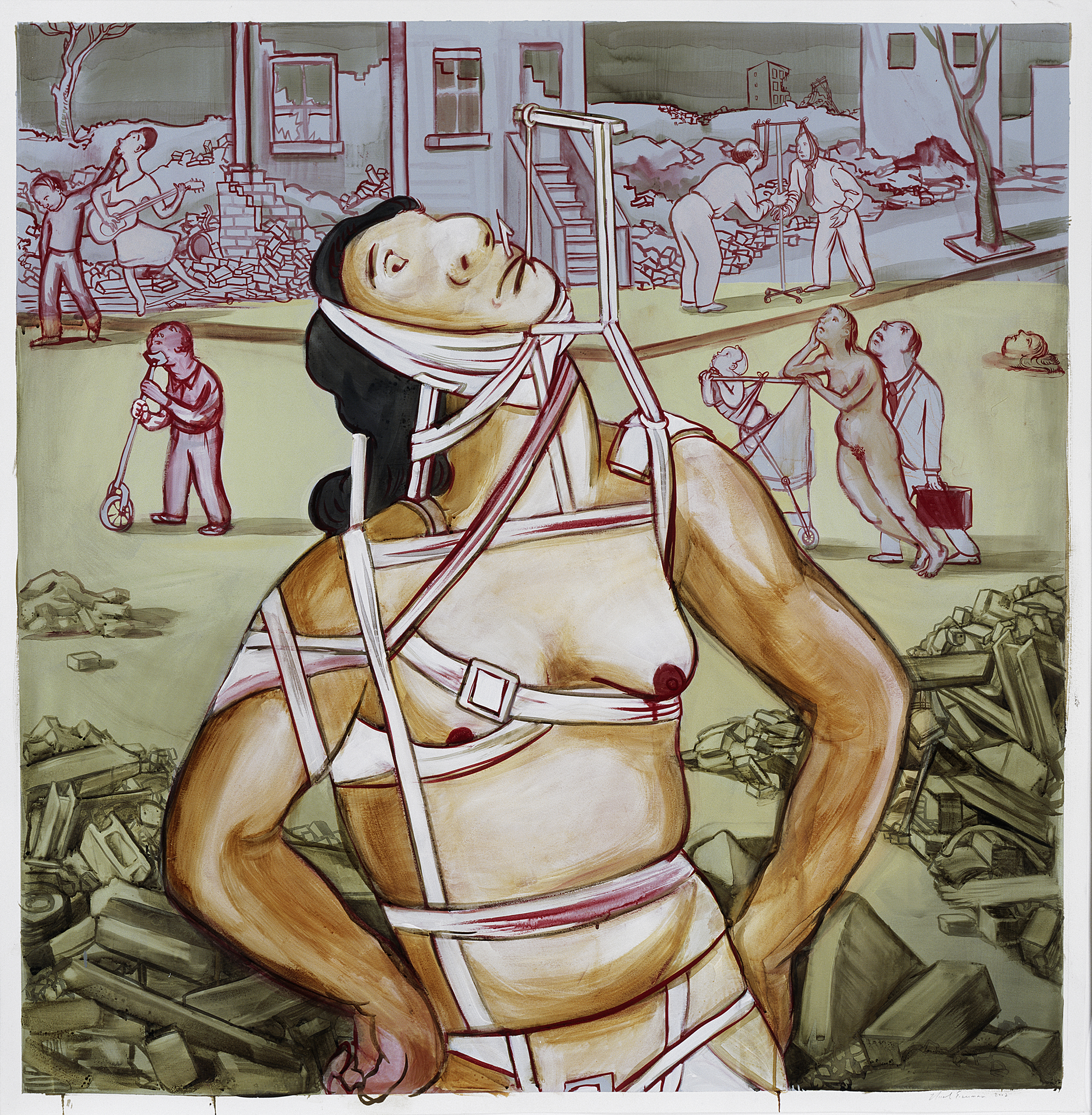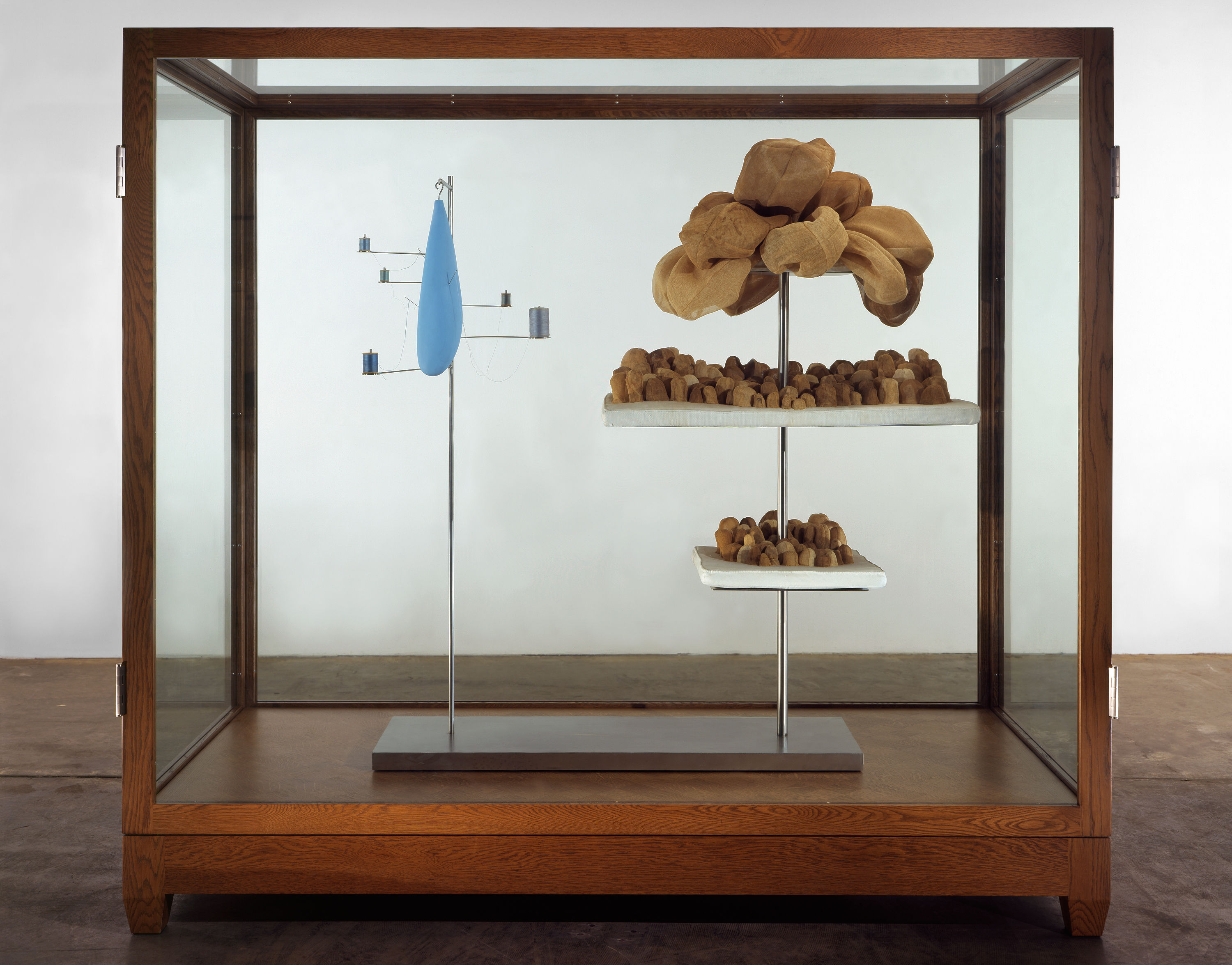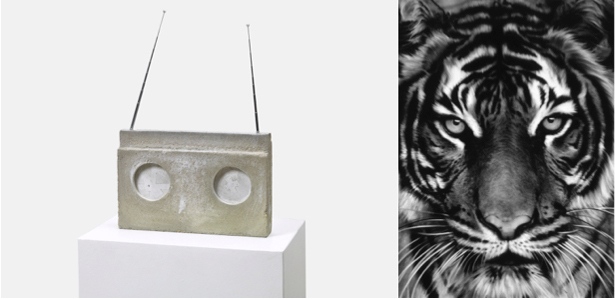The Native Forest Floor. Higher Powers Command: Show Polke!
September 12, 2024–February 2, 2025
Berlin 10117
Germany
Hours: Thursday–Friday 2–7pm
Saturday–Sunday 11am–7pm
T +49 30 20886444
info@schinkelpavillon.de
Starting in September 2024, the Schinkel Pavillon presents a large-scale exhibition of Sigmar Polke (1941–2010), featuring over 40 works from renowned international collections. Polke is highly regarded as one of the most recognized artists of the 20th century, both in Germany and beyond. This exhibition aims to make Polke—a pioneer for generations of young artists and whose works have not been publicly shown in a very long time—accessible to a wide audience once again. In bringing together a diverse array of paintings, photographs, films and prints, dating from the 1960s to the 2000s, the exhibition illustrates Polke’s artistic complexity, characterized by his astute observations, poignant irony, and joy in experimentation. The selected works focus on the political themes of Polke’s art, demonstrating not only his critical views but also his unique skills as an astute commentator well ahead of his time.
From an early age, Polke had developed a keen interest in found images, their circulation, legibility and impact on the public imagination. In 1963, as response to the socialist GDR art of the time, the student Polke, together with fellow artists Manfred Kuttner, Konrad Lueg and Gerhard Richter, proclaimed the artistic movement Kapitalistischer Realismus [Capitalist Realism], which later became known as German Pop. The booming economy of West Germany and the accompanying post-war bourgeois idyll had created novel, consumerist imagery, which Polke playfully and presciently incorporated into his art. While anchoring his pictorial sources in the reality of mass-media, he ‘alchemically’ steered the painting process in new directions, thus yielding insights far beyond modernity into both history and the future.
Born in the Silesian town of Oels, now Oleśnica, Poland—and having growing up in both East and West Germany—Polke was one of the artists of the 1960s whose work addressed the collective trauma of the postwar generation. He confronted the political crises of his time with a genuinely painterly, yet highly analytical approach to reality. Even thirteen years after his death, these historical works are still highly relevant, eerily reflecting the conflicts, crises, and their representation in the media today.
The exhibition includes works that at first appear lighthearted, disguised as jokes that only reveal their inherent discursive criticism at second glance. In Untitled (Dr. Bonn), 1978, a civil servant sits in front of his desk with his face apparently obliterated, about to commit suicide using a slingshot. On the wall in front of him hang the striking mugshots of two RAF (Red Army Faction) members. Sicherheitsverwahrung, 1979, captures the arrest of a woman in the style of a comic strip. Approaching the canvas, one then recognizes that it has been adorned with fine gold chains, safety pins and trinkets—an ironic commentary revealed in the painting’s title ("Preventive Detention" in English) which refers to the legal measure used to detain individuals considered dangerous, even after they have served their prison sentences.
The title of the exhibtion The Native Forest Floor should be understood both figuratively and literally, referring to the artist’s life and career which was so intertwined with the postwar realities of both East and West Germany. Polke’s connection to Berlin and its divided history is explored in the films on show. Besides important paintings such as Carl Andre in Delft, 1968, Die Schmiede [Smithy], 1975, Gangster, 1988, Flüchtende [Fugitives], 1992; or the later pigment painting Untitled (Lapis Lazulis), 1992, a collection of photographs from the 1960s/70s—the majority of which are in fact unique—are shown here for the very first time. They yield fascinating insights into the vibrant youth movements of the time, and the fundamental unmooring of the German postwar status quo that these movements set in motion. Furthermore, they serve as touching testimonies of an individual navigating both turmoil and joy with great sensitivity. Sigmar Polke's entire body of work reflects an unparalleled personal and artistic commitment to freedom, while consistently affirming his belief in the profound communicative power of art.
The exhibition will be on display at the Fondation Vincent van Gogh Arles from March 1 until October 19, 2025.
Team:
Curator: Bice Curiger
Artistic Direction: Nina Pohl
Head of project: Lina Louisa Krämer
Curatorial team: Klara Hülskamp, Dr. Luisa Seipp, Christina Maria Ruederer, Margaux Bonopera (Fondation Vincent van Gogh Arles)
Consultation: Michael Trier
Press contact
presse@schinkelpavillon.de
The exhibition is supported by the LOTTO Foundation Berlin, Octo Circle e.V., the Karin and Uwe Hollweg Foundation, Bremen, the Augstein Foundation, Hamburg, Phillips as well as Foundation Between Bridges, Berlin. The Schinkel Pavillon would like to thank all of the exhibition’s lenders, David Zwirner, Celeste & Anthony Meier, Paul Schönewald as well as the private donors for their generous support. We would also like to thank the Anna Polke Foundation for supporting this exhibition. The exhibition is part of Berlin Art Week 2024.

